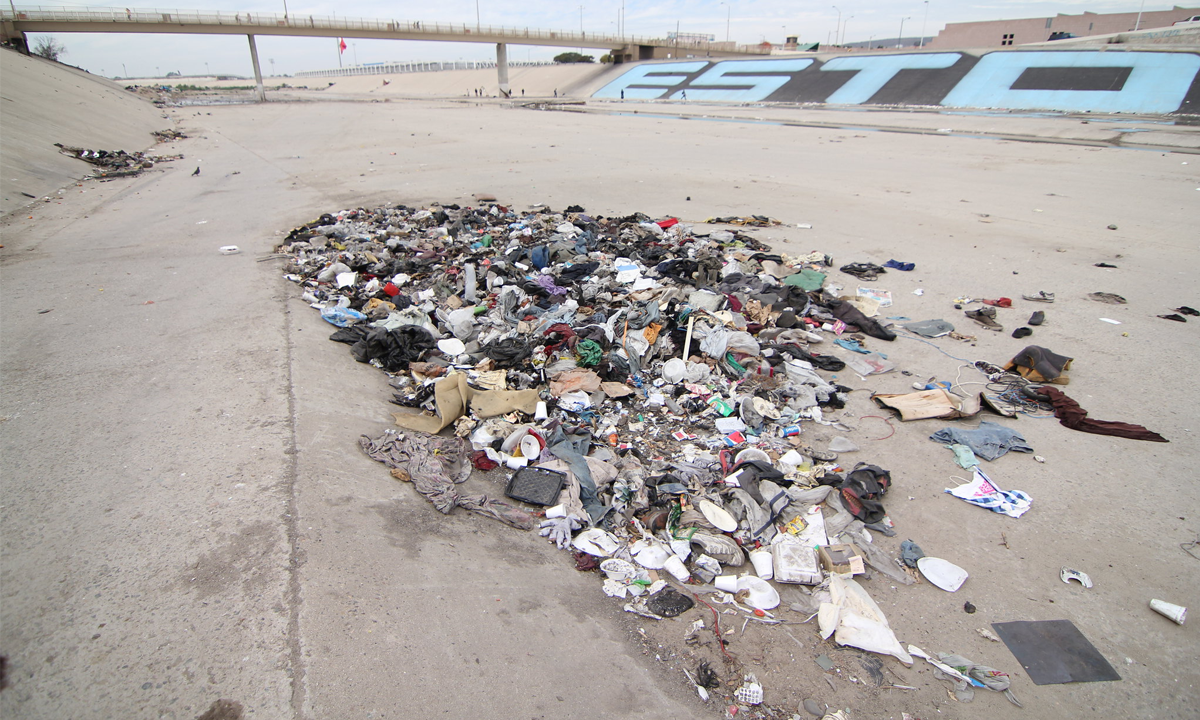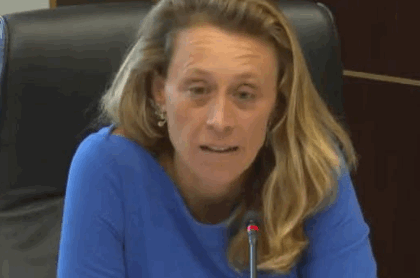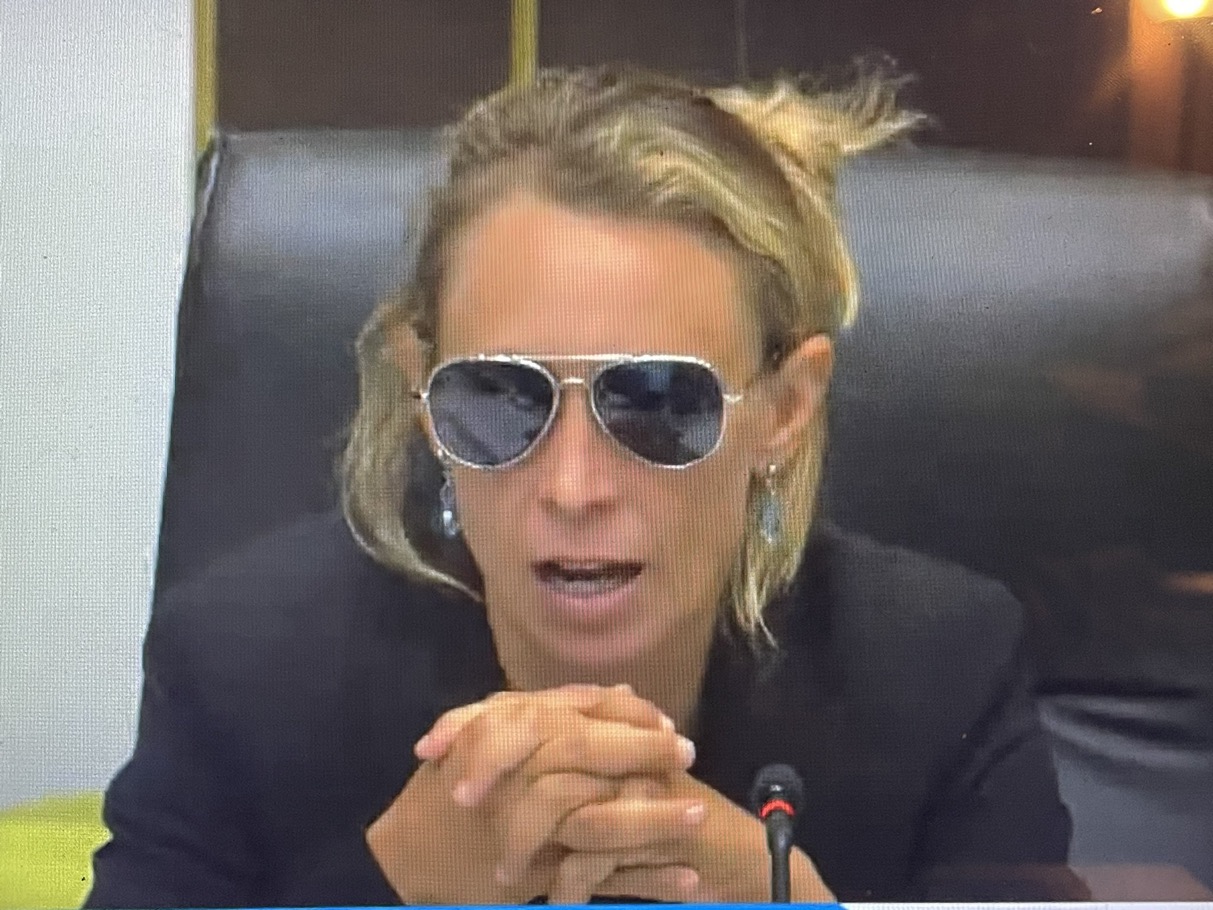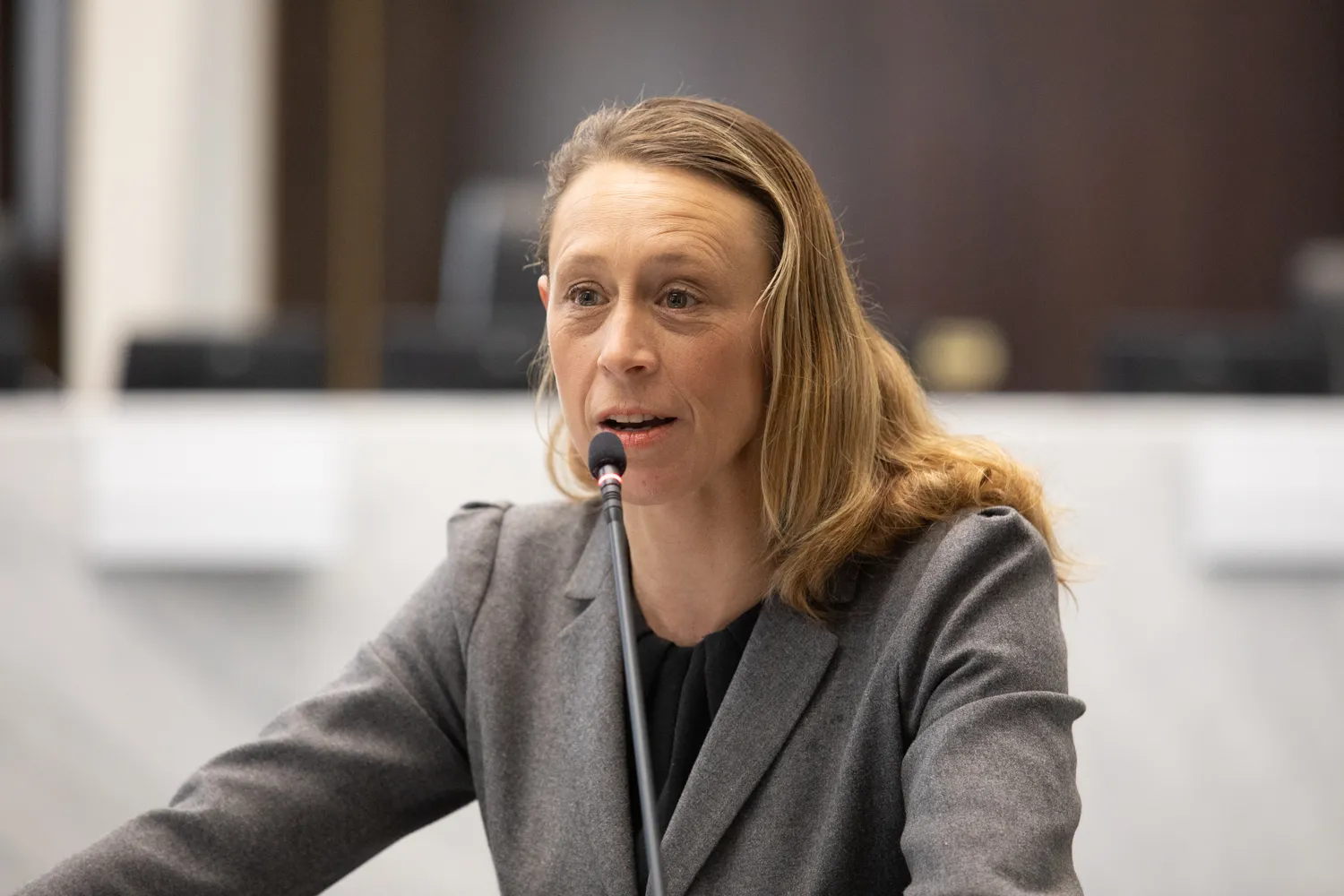Two companies have proposed a solution to the problem of the sewage-filled Tijuana river, and both companies have seen a chance to turn a problem into a profit. One of the companies, WinWerks, a company based here in San Diego, saw a moneymaking opportunity in which they wouldn’t merely be throwing out the waste by dumping it; they saw an opportunity to turn a profit selling the treated water.
WinWerks has already pitched this idea to the International Boundary and Water Commission, an international agency that executes border- and- water-related treaties between the U.S. and Mexico. There is already a plant in Southbay that was built to handle and clean the Tijuana River. Still, with a history of heavy rain from Mexico’s side washing more water and sewage into the river, the Southbay plant just can’t keep up. WinWerks saw an opportunity to capture the water here and then treat the water to resell to Southern California utilities.
The President of WinWerks, Kurt Tetzlaff, hopes to have a public-private partnership with a government agency working on this problem. And maybe even to receive some of the $300 million the Trump administration gave the U.S. Environmental Protection Agency to fix the Tijuana River sewage problem. Tetzlaff believes there are tens of millions of dollars to be made here, saying by using the method of electrocoagulation and his facilities, it would still be cheaper than building a new treatment plant that would add to the capacity of South Bays already existing plant.
There is another company proposing its solution to the problem, and they are based in Mexico. Comice, a Tijuana-based company, proposed a solution in which they would build a new pump station that would pump the excess runoff that was going on to the U.S. side of the border to a new treatment plant on the outskirts of Eastern Tijuana, and then to a purification plant. This would cause excess water to be rerouted before it even crosses the border. This solution was also proposed with a colossal bonus; it is immensely cheaper on Mexico’s side. Ruben Garcia Fons, a Comice member, estimates the whole project would cost only $80 million and would capture 80 percent of the polluted water before it reaches the border. The catch to this solution, though, is the economic boost in Mexico from this plant is only from the jobs; unlike in the U.S., the water can’t be bought or sold after treatment.
There are now not one, but two solutions proposed to fix the Tijuana-river, a problem that has plagued San Diego for years by polluting our beaches, water, and our environment.
Photo by BBC World Service via Flickr




